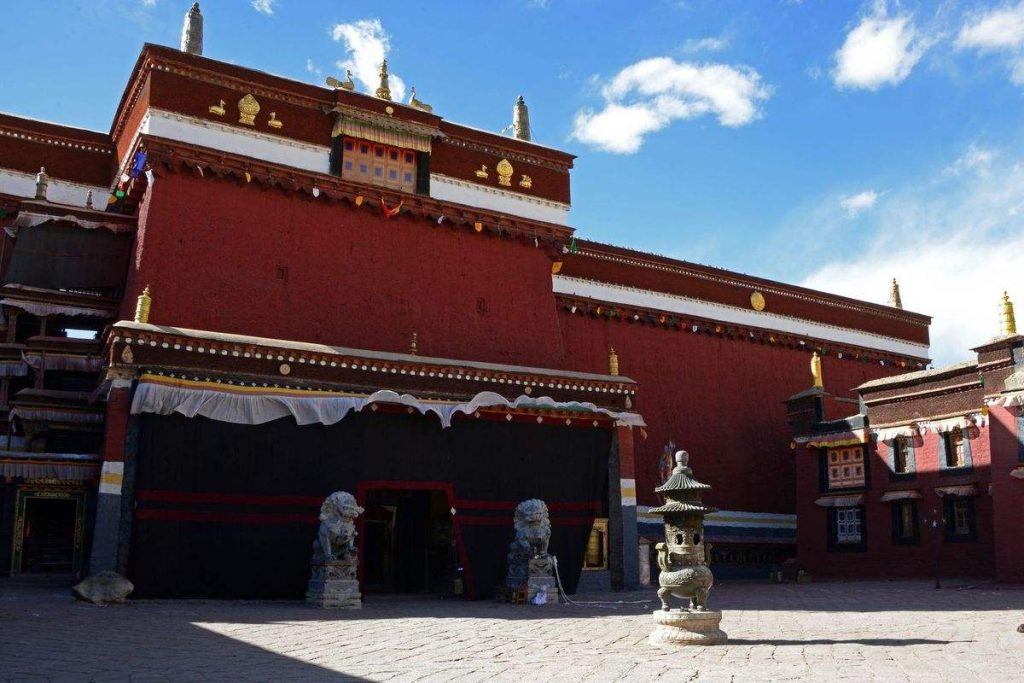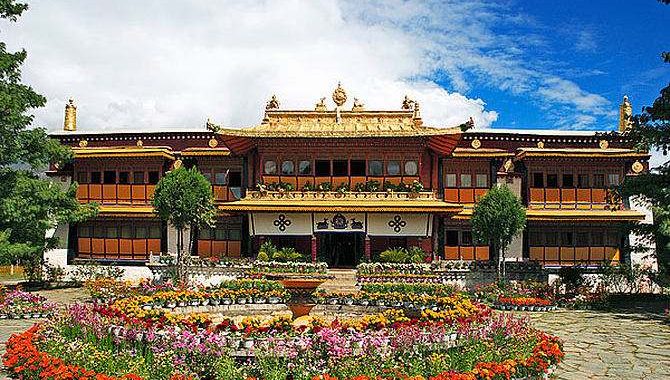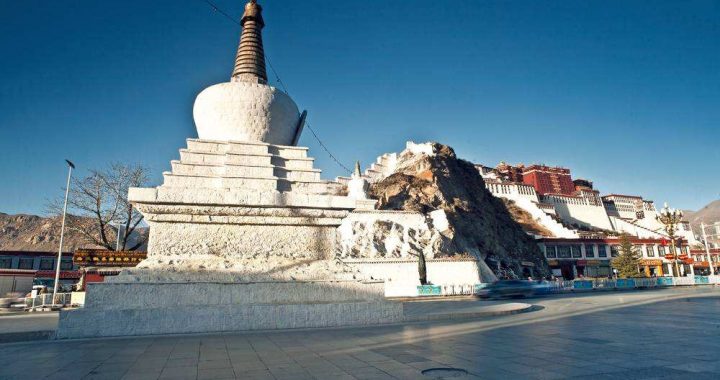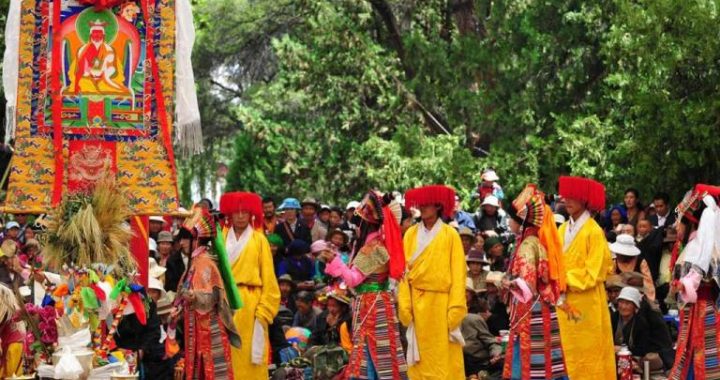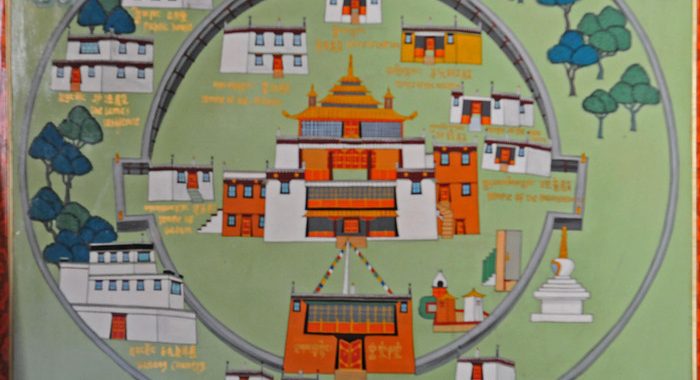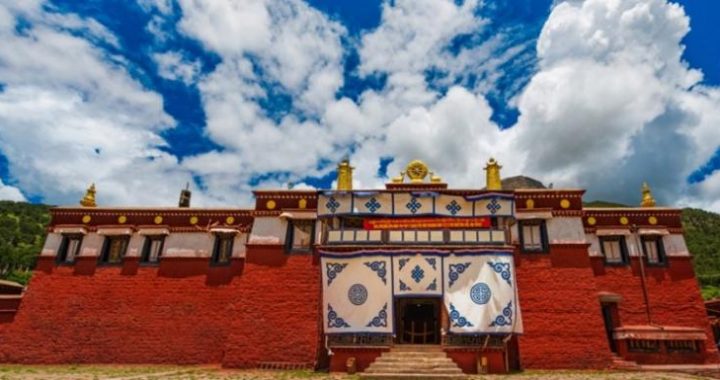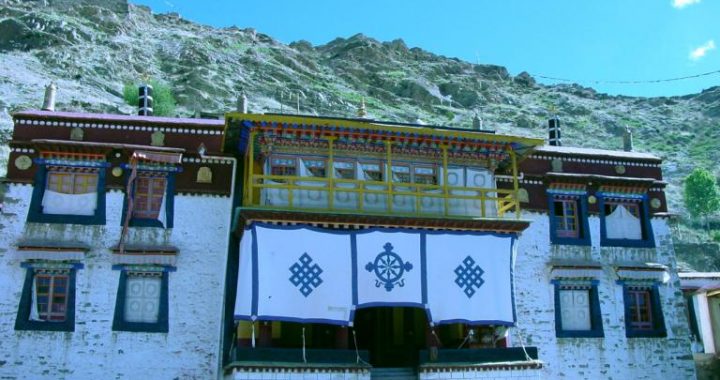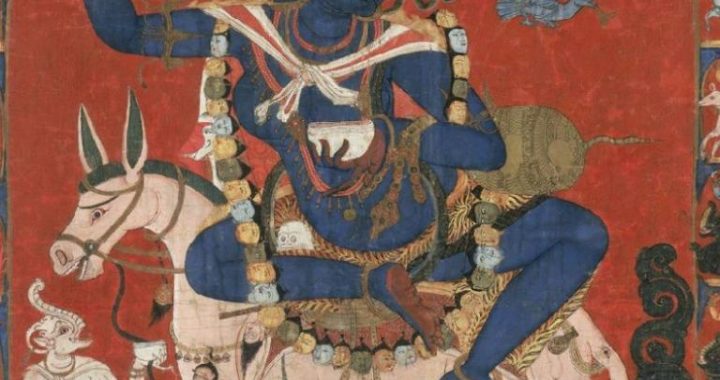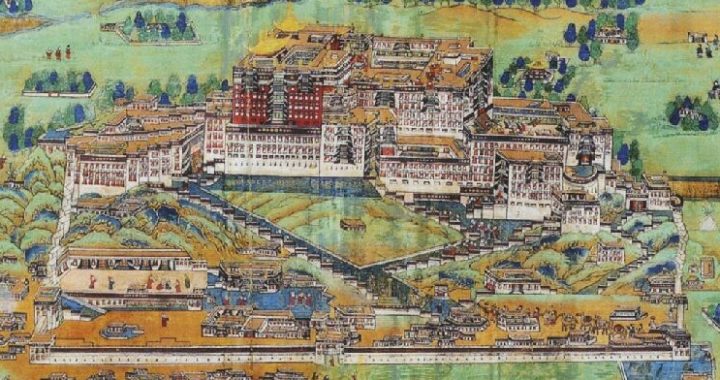Sakya Monastery
1 min readBuilt in 1073,the Sakya Monastery,located 450 kilometres west of Lhasa,has long enjoyed nearly the sam fame as the Dunhuang Grottoes for its large collection of Buddhist scripture esvaluable porcelain and vivid wall paintings dating back nearly one thousand years.The most valuable obiects in the collection are ancient vases presented by emperors of different peri-ods of the Yuan Dynasty to the leader of the Sakya sect.Other valuables in-clude a jade bowl,a gold-plated Buddha,imperial shoes and a gold seal.
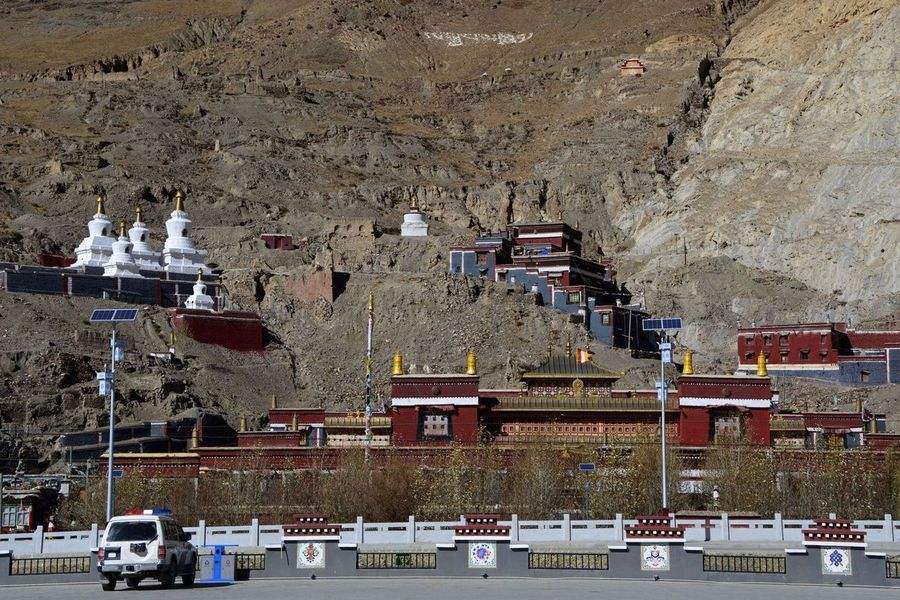
Other exhibits,on display at the Tibet Museum to mork the 5o”h anniversary of Tibet’s peaceful liberation,show.that the Yuan Dynasty divided Tibet into three military areas with 15 districts.The museum contains letters of.ap-pointments of Tibetan officials by the Ming emperors and the certificates and seals of emperors of the Qing Dynasty used in appointing-Dalai and Pan-chen lamas.It also has a picture showing the ceremony of the 14’h Dalai La-ma ascending the holy throne,presided over by Kuomintang government of-ficials,as well as documents on the peaceful liberation of Tibet signed by the central government and the government of Tibet.An imposing array of valuable cultural relics on display at the Sakya Monastery in Lhasa prove that Tibet became part of China in the Yuan Dynasty(1279-1368)and has remained under the administration of the central government of China since that time.
